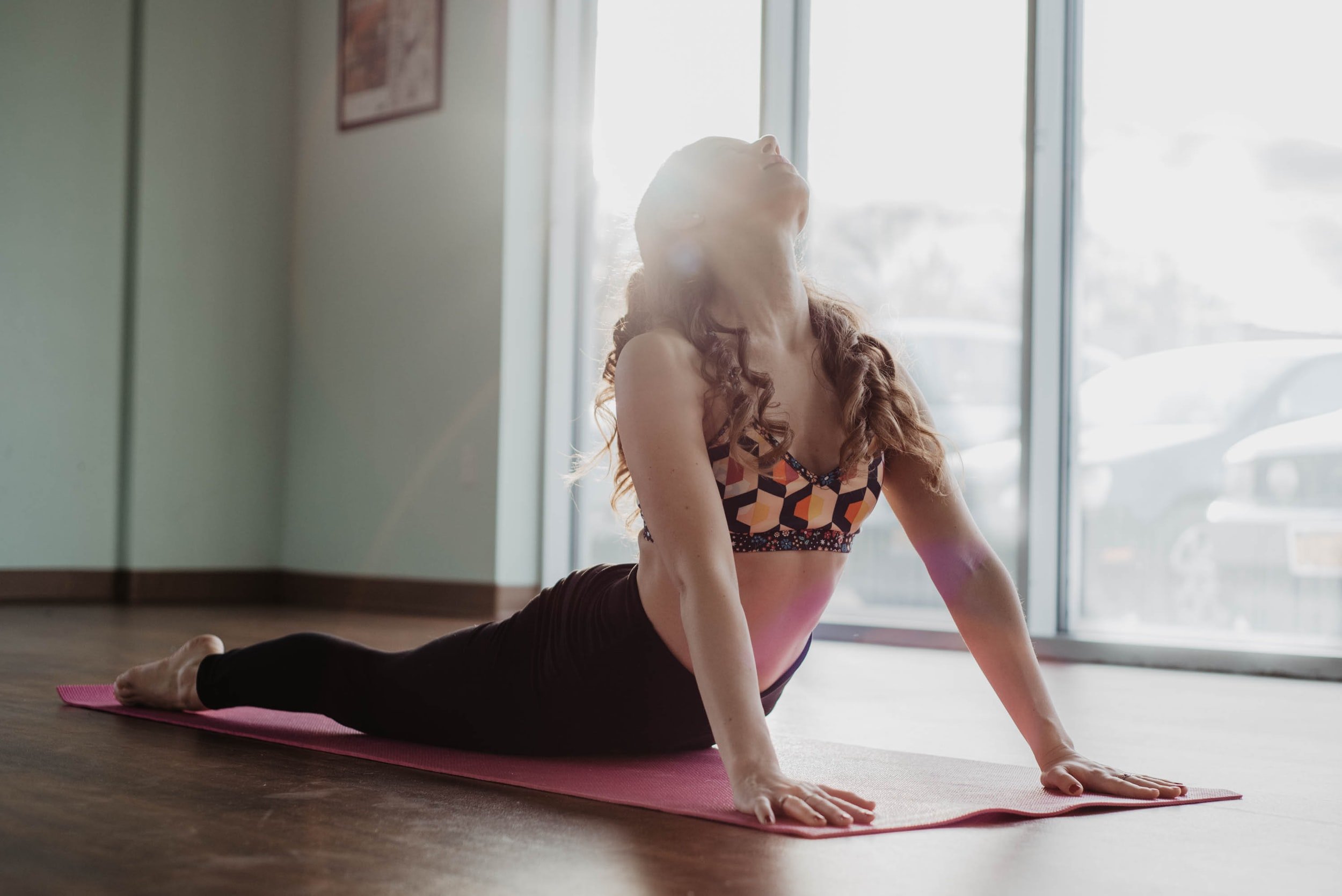Yoga: Why Listening to Your Body is Not Always the Right Thing
“Make your yoga practice your own”. It’s great advice, but only up to a point.
Twisting, bending, stretching, and reaching. If you practice any variety of yoga, whether fast paced Vinyasa, mindful Yin, regimented Ashtanga, or any other of the dozens of versions of yoga in the world, you’ll encounter these movements in some version or another. Although the idea of “your yoga your own way” sounds nice, most of us need a little instruction to make yoga safe and accessible. When proper technique and alignment is left to chance or misinterpretation, things can sometimes go wrong.
Getting hurt is something no one likes to think about. Although injuries in yoga are uncommon, they do happen. As yoga has become more popular, the rate of injuries has risen.
And perhaps more importantly, we turn to yoga to experience its benefits and gifts, but if we don’t have clarity from our teachers, we may not be getting what we need.
Teachers are often taught to encourage their students to “listen to your own body”
And this is reasonable when we are twisting ourselves into knots or getting ourselves into poses that create pain. In these situations, we may need to back off or find a less intense expression of the pose. But sometimes this advice may lead you in a direction that is actually counterproductive.
For example, perhaps you don’t have the upper body strength to do a full chaturanga pose. Instead of shifting forward from plank into the pose, you may slide your chest straight down to the mat, putting excess strain on your shoulder joints like I did for too many years. This might feel a bit easier at first, but it not only deprives you of the opportunity to build strength (for instance by taking the pose on your knees, recruiting the upper body muscles you need to make the pose work for you). It can also lead to injury of the shoulder joint, especially if you already have existing arthritis or other shoulder problems. In this case, “listening to your body” and taking what seems like the path of least resistance may actually cause harm.
If you are doing core work, arching your back might take pressure off of the abdominal muscles, but could hurt the lower back. Most spine surgeons will tell you that they have seen this complication.
And in poses like Warrior 3, not engaging your outer gluteus medius muscle (which is often a weak muscle that needs extra attention) can be counterproductive. Speaking from personal experience, you may find that you can happily stand on one leg, but you are shifting your balance and putting excessive strain on the hip. And by not asking this muscle to work for you, you’ll miss out on the hip stability that Warrior 3 pose can create. Using a chair or a wall for balance can help you to recruit this muscle until it gets strong enough to do the work on its own.
For most of us, yoga takes time and practice. Not understanding this may create a set-up for injury.
Having a beginner’s mind-set will help, but without clear instruction, you may not even realize how your misunderstanding of the pose, along with the muscle strength and the body awareness it requires, is keeping you from moving forward. Don’t be afraid to use props to find your alignment and balance. And don’t hesitate to ask for help. Your yoga teacher may not realize that you are struggling or questioning unless you speak up. Most instructors love to see their students get the most from their practice, and to keep them safe in the process.
Yoga is a wonderful practice with a wide range of physical and mental health benefits. But it’s important to understand that listening to your body does not always mean taking the seemingly easy path. Despite the popular notion of “finding your own expression”, if something doesn’t feel right, feels too easy, or creates pain, you may actually be “doing it wrong”.



